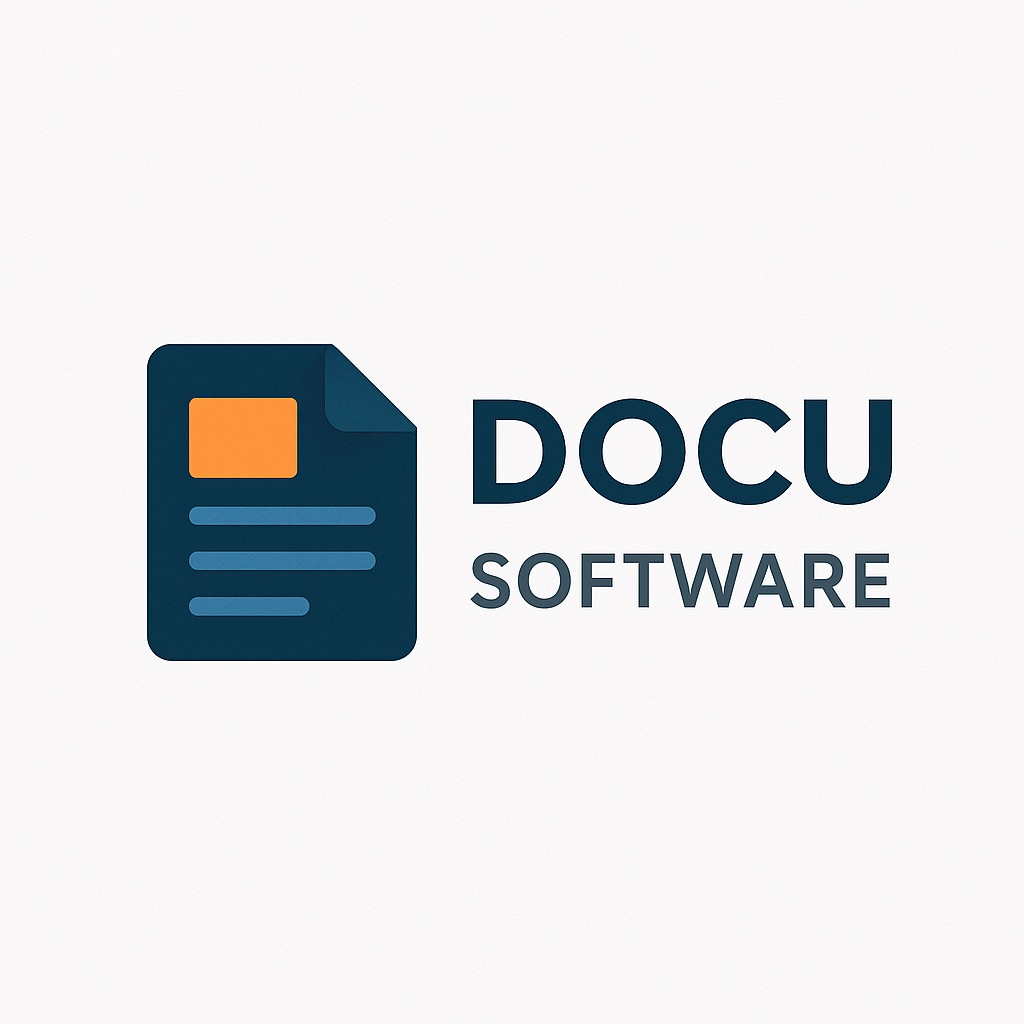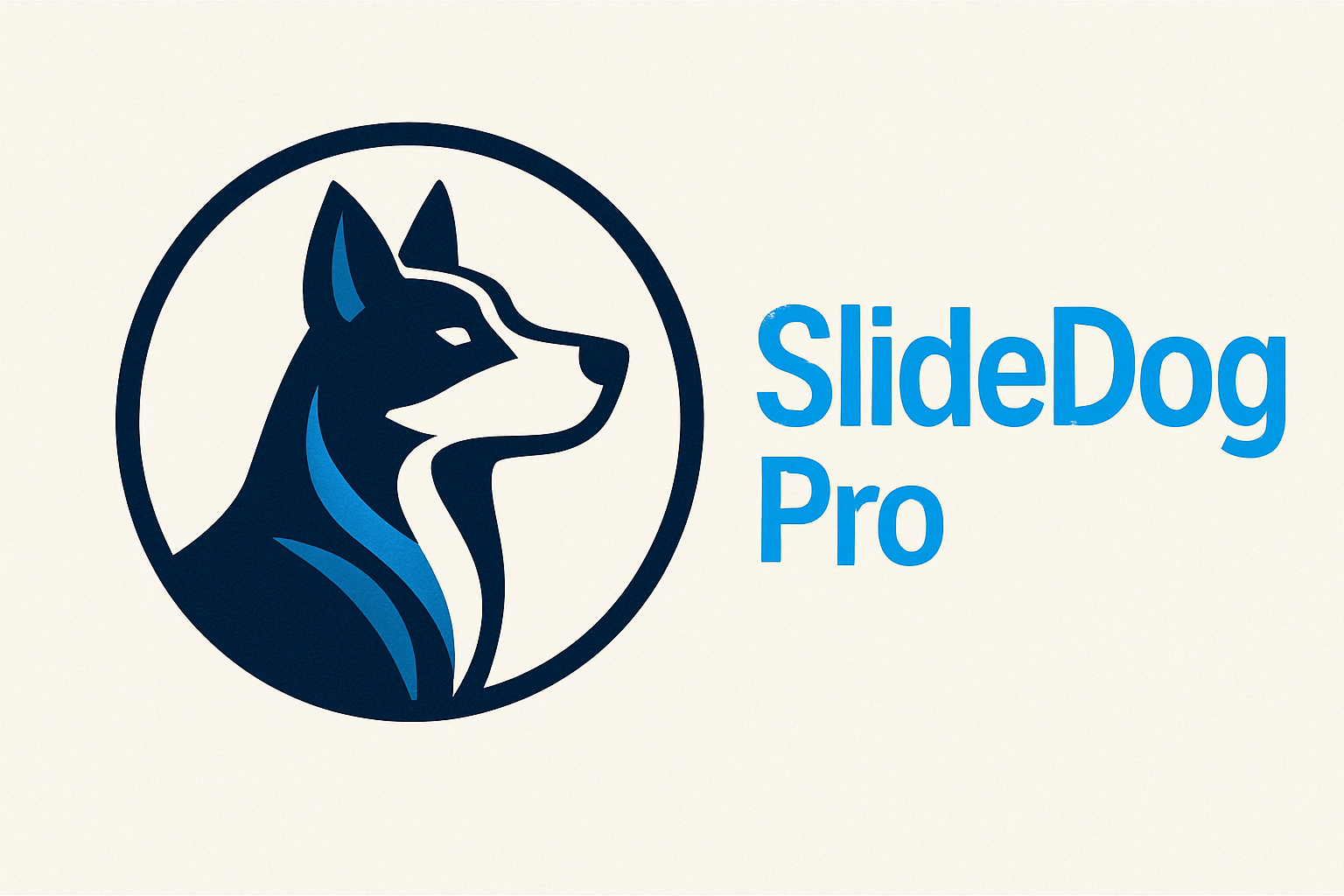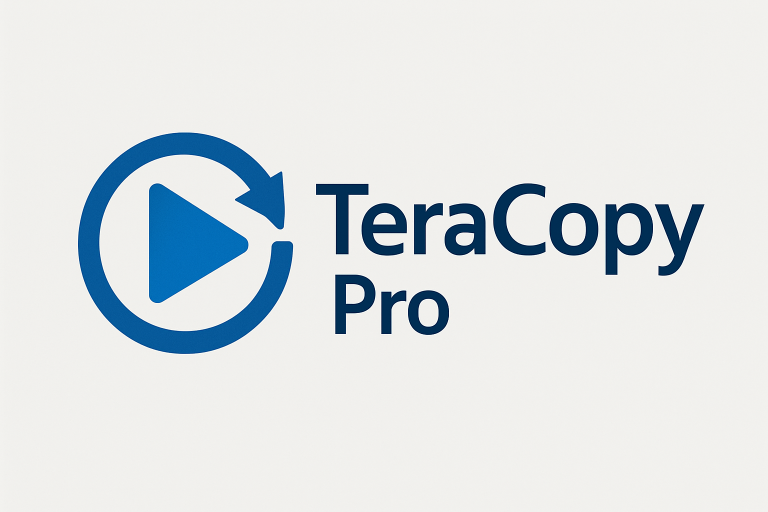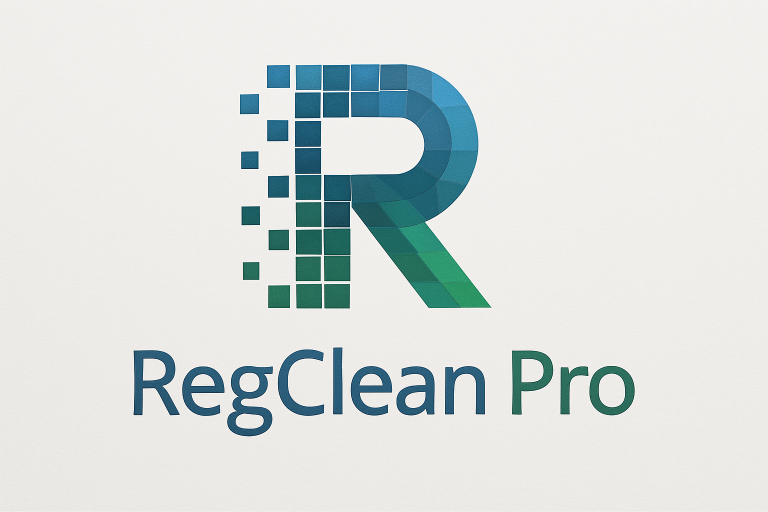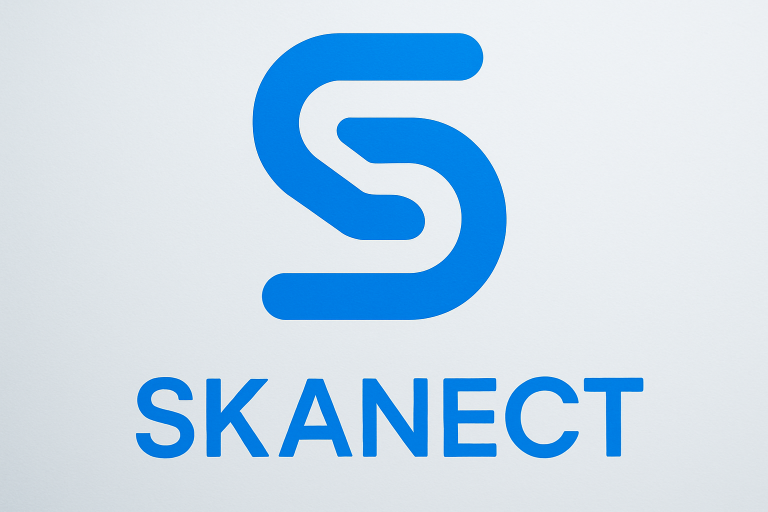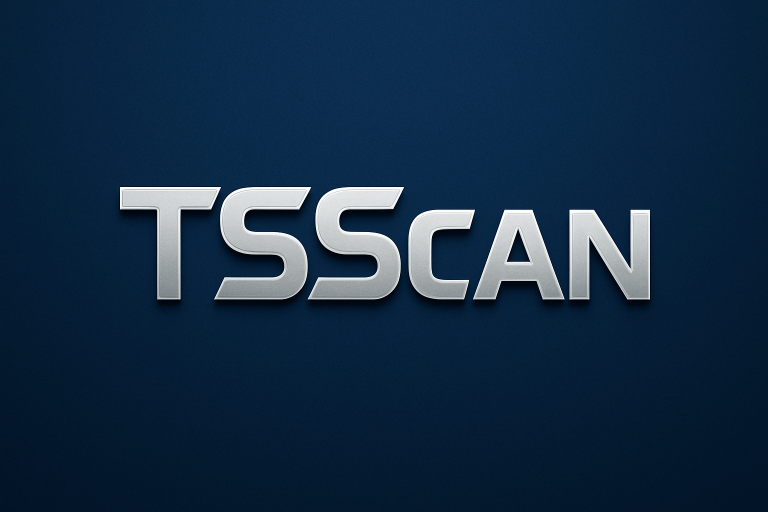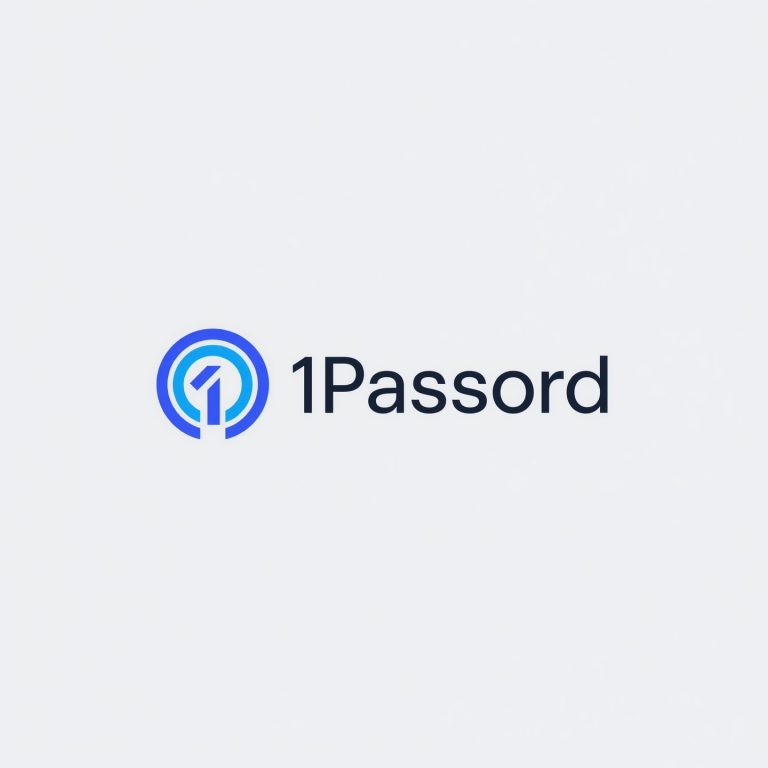SlideDog Pro
Managing complex presentations involving multiple file formats and media types has long frustrated presenters who jump between PowerPoint, PDF viewers, video players, and web browsers. SlideDog Pro addresses this fragmentation by creating a unified presentation platform that seamlessly blends diverse content types. After using this software for conferences, training sessions, and live events, I can detail how it transforms presentation delivery while highlighting areas needing improvement.
Core Features and Real-World Applications
SlideDog Pro’s playlist-based approach revolutionizes multi-format presentations. Rather than converting everything to PowerPoint or switching between applications, you build a playlist combining PowerPoints, PDFs, videos, images, websites, and even Prezi presentations. During a recent tech conference, I seamlessly transitioned from keynote slides to a product demo video, then to a live website walkthrough, all without visible application switching or desktop exposure. The audience experienced a fluid presentation while I maintained complete control.
The dual-screen presenter view provides exceptional control during live presentations. While the audience sees clean content, presenters view upcoming slides, elapsed time, and playlist progress on their screen. This feature proved invaluable during a time-sensitive board presentation where staying within allocated time slots for each section was crucial. The ability to see what’s coming next eliminated awkward pauses and improved delivery confidence.
Live sharing capabilities transform audience engagement through real-time polling, feedback, and slide sharing to devices. Attendees connect via web browser without installing apps, accessing slides on their devices while maintaining sync with the main presentation. During a 200-person training session, participants followed along on tablets while I highlighted specific sections on the main screen. The feedback feature collected questions without interrupting flow, addressing them during designated Q&A periods.
The remote control functionality extends beyond basic slide advancement. The iOS/Android apps provide full playlist control, slide previews, and presenter notes access. Walking around the stage while maintaining complete presentation control created more dynamic delivery. The smartphone interface responsiveness impressed even with complex presentations containing 100+ items in the playlist.
Performance Analysis and Metrics
Resource utilization varies significantly based on content types. Basic PowerPoint and PDF presentations consume minimal resources – typically 200-300MB RAM and 5-10% CPU. However, loading multiple videos or complex Prezi presentations can push memory usage to 2-3GB. During stress testing with a playlist containing 50 items including 4K videos, the software maintained stability but showed occasional stuttering during transitions on systems with 8GB RAM.
Transition speed between different content types impresses when properly configured. Moving from PowerPoint to video takes under one second, while loading websites depends on internet speed but typically completes within 2-3 seconds. Pre-loading adjacent playlist items ensures smooth transitions, though this increases memory usage. The seamless switching creates professional impressions crucial for high-stakes presentations.
Display performance at various resolutions showed excellent scaling. Testing from 1080p through 4K displays maintained sharp text and smooth video playback. The software properly handles mixed DPI scenarios common in conference setups. Frame rates remained stable at 60fps for video content, important for product demonstrations requiring smooth motion.
Network performance for live sharing features depends heavily on venue infrastructure. With proper WiFi (50+ Mbps), supporting 100 simultaneous viewers worked flawlessly. However, cellular connections in poor coverage areas created lag and synchronization issues. The offline mode ensures core presentation functionality without network dependency.
Detailed Competitor Comparison
Microsoft PowerPoint remains the standard but lacks SlideDog’s media flexibility. While PowerPoint technically embeds videos and links, the execution feels clunky compared to SlideDog’s native handling. PowerPoint’s ubiquity and familiarity give it advantages, but presenters needing diverse media find SlideDog’s approach superior. The ability to include existing PowerPoints within SlideDog provides migration paths without recreation.
Keynote offers slick presentations but locks users into Apple’s ecosystem. The animations and transitions exceed SlideDog’s capabilities for pure slide presentations. However, Keynote’s limited format support and platform restrictions frustrate mixed-media presenters. SlideDog’s Windows focus and format agnosticism better serve diverse presentation needs.
mmhmm provides innovative presenter video integration but focuses on different use cases. For virtual presentations where presenter presence matters, mmhmm excels. SlideDog targets live, in-person presentations where media diversity trumps presenter video. The tools serve complementary rather than competing needs.
OBS Studio offers ultimate flexibility for live streaming but overwhelming complexity for basic presentations. Power users create incredible mixed-media experiences with OBS, but the learning curve excludes casual presenters. SlideDog’s approachability makes it practical for users needing results without becoming video production experts.
Platform-Specific Considerations
Windows exclusivity represents SlideDog’s primary limitation. The deep integration with Windows display systems enables seamless performance but excludes Mac and Linux users. This restriction particularly impacts academic environments with diverse platforms. Running through virtualization technically works but introduces latency and complexity defeating the software’s purpose.
The mobile apps for iOS and Android provide remote control rather than full presentation capabilities. You cannot run presentations directly from mobile devices, limiting emergency backup options. The apps work well within their scope but don’t replace laptop requirements for actual presentation delivery.
Web viewer compatibility covers all major browsers for audience participation features. Chrome, Firefox, Safari, and Edge properly display shared slides and polling features. The responsive design adapts to various screen sizes, though complex slides may require zooming on phones. Internet Explorer compatibility issues occasionally surface with older corporate systems.
Technical Requirements and Workflow
System requirements scale with presentation complexity. Basic presentations run on any Windows 10/11 system with 4GB RAM. However, practical use with videos and multiple formats demands 8GB RAM minimum, with 16GB recommended for professional use. GPU acceleration improves video playback and transitions, though integrated graphics suffice for basic content.
Initial setup involves installing the software and configuring display settings. The dual-display detection usually works automatically, though some laptop/projector combinations require manual configuration. Setting default transition styles and timing prevents repetitive adjustments. The learning curve remains gentle with intuitive playlist building through drag-and-drop.
Content preparation requires attention to file formats and paths. While SlideDog handles many formats, standardizing on widely supported versions prevents compatibility issues. Keeping all media files in organized folders prevents broken links when moving presentations between computers. The pack-and-go feature bundles everything needed, though file sizes can become unwieldy.
Best Practices From Extensive Usage
Building modular playlist sections enables flexible presentations for varying time slots. Creating 5-minute segments that can be included or skipped allows adapting to schedule changes. This approach saved presentations when previous speakers ran over, allowing quick content adjustment without panic.
Testing venue equipment before events prevents technical disasters. Every projector and display system behaves differently, and assuming compatibility leads to problems. Arriving early for setup and running through the complete presentation identifies issues while time remains for solutions.
Creating fallback options maintains professionalism when technology fails. Exporting critical slides as PDF provides emergency backup accessible on any system. Keeping videos on USB drives enables direct playback if SlideDog encounters problems. Professional presenters prepare for failure even with reliable software.
Audience size impacts live sharing feature usage. Features working perfectly with 20 participants may struggle with 200. Testing scalability before large events and having contingency plans prevents embarrassment. Sometimes traditional presenting without interactive features provides better reliability.
Business Value and ROI Analysis
SlideDog Pro’s $99 perpetual license provides reasonable value for regular presenters. Compared to subscription-based alternatives, the one-time purchase pays for itself within months. The $249 Enterprise version adds useful features for corporate environments but may exceed individual needs. Educational discounts make it accessible for academic users.
Time savings from eliminated format conversions justify costs for frequent presenters. Previously spending hours converting videos to embedded PowerPoint formats or creating slide versions of PDFs, SlideDog removes this overhead. Presenters report 50-70% reduction in preparation time for mixed-media presentations.
Professional appearance improvements impact audience perception and message retention. Smooth transitions between diverse content types create polished impressions that static slides cannot match. Sales professionals report improved close rates when product demos flow seamlessly within presentations rather than requiring application switching.
Who Should Use SlideDog Pro
Professional speakers and trainers benefit most from SlideDog’s capabilities. Those regularly presenting diverse content at conferences, workshops, and seminars find the investment worthwhile. The software becomes essential for presentations combining slides, videos, and live demonstrations.
Corporate presenters needing polished delivery for important meetings discover significant value. Board presentations, investor pitches, and major product launches benefit from SlideDog’s professional transitions. The ability to incorporate diverse content without technical stumbles impresses audiences.
Educators mixing lecture slides with video content and web resources find SlideDog transformative. The seamless flow between content types maintains student engagement. Interactive features enable real-time comprehension checking through polls and questions.
Casual presenters using only PowerPoint may find SlideDog unnecessary. The added complexity without utilizing multi-format capabilities provides little benefit. Basic PowerPoint suffices for straightforward slide presentations without media integration needs.
Final Verdict
SlideDog Pro successfully addresses the multi-format presentation challenge with an approachable, reliable solution. The playlist-based approach feels intuitive while delivering professional results. For presenters regularly juggling diverse content types, it eliminates technical friction and enables focus on delivery rather than mechanics.
Significant limitations exist: Windows exclusivity excludes many potential users, the lack of cloud features feels dated, and advanced animation capabilities lag behind dedicated presentation software. These constraints define rather than break the product – SlideDog excels within its focused scope.
The consistent updates and responsive support demonstrate commitment to the product’s future. Recent additions like improved video codec support and enhanced remote control features show continued development. The one-time purchase model provides confidence in long-term access without subscription anxiety.
For Windows-based presenters needing seamless multi-format presentation capabilities, SlideDog Pro delivers exceptional value. The time saved in preparation and stress reduced during delivery justify the modest investment many times over. While not revolutionary, SlideDog solves real presentation problems elegantly, earning its place in any serious presenter’s toolkit.
